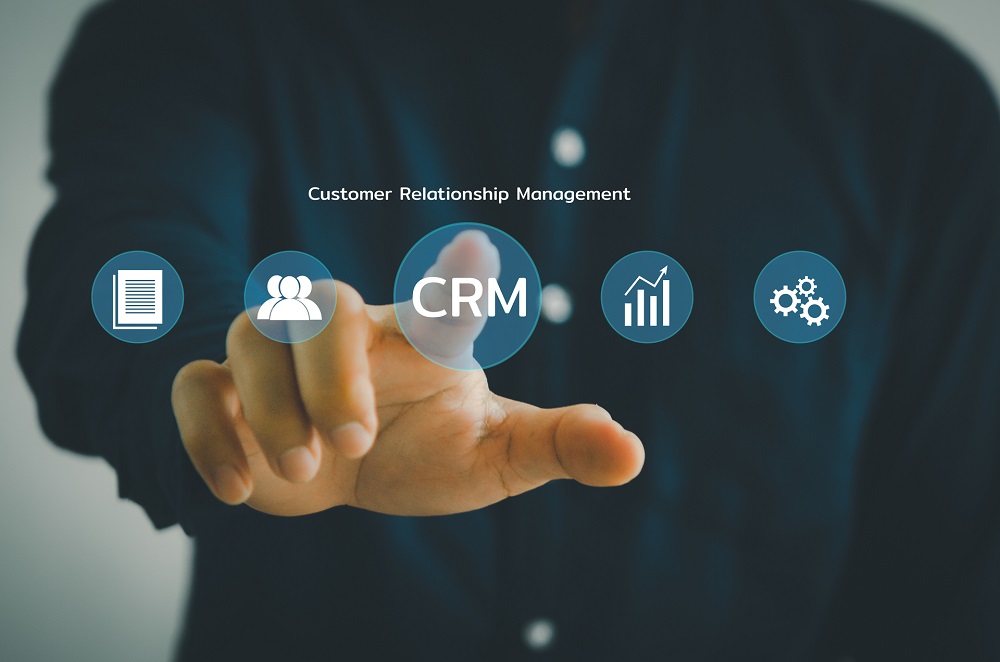Previous Session | July 9, 2020
There is no shortage of books, blogs and inspirational material on the topic of leadership. Especially in the business world, leadership is an aspect of day-to-day existence that is often dissected and disseminated through every form of media imaginable. Hundreds of theories, schools of thought and suggestions for execution exist and, all of this information makes it clear, as Matt Zieminski, ServiceCentral’s director of partnerships points out, “there is no perfect way to be a leader.” Of course, no one is perfect, but what is the criteria through which leaders should be evaluated? What makes a good leader? In CouchCon’s The Importance of Leadership, three leaders with more than thirty years’ combined experience suggest that leadership boils down to 3 core dimensions: adaptability, resilience and trust.
Arguably, the foundation that this evaluation is built on is adaptability. The day-to-day operations of a leader are nothing if not varied. Climates and attitudes change, sometimes drastically, as new information becomes available and it is of the utmost importance that a leader is able to comprehend and re-tailor approaches. Chief Business Development Officer of ServiceCentral and RepairQ, James Schellhorn likens this essential life skill to the mighty and majestic chameleon. Thousands of years of unique visual evolution allows the chameleon to see their surroundings in nearly 360 degrees. This, along with its signature active camouflage make it the poster child of adaptability. But, the ability to constantly re-imagine and re-define how you interpret information, execute ideas and engage with those around you in ever-changing circumstances is a characteristic of all good leaders.
Once a prospective leader masters all that the chameleon has to teach in the way of adaptability, they can then focus on the second aspect in this theoretical leadership pyramid, resilience. There can be no resilience without adaptability, and in the words of James Schellhorn “Resilience is what defines some of the greatest people and greatest companies in history.” The connection between adaptability and resilience is described by Co-Founder of 12 Week Leader and CSO of Injured Gadgets George Rogers as,“being willing to accept change.” In addition, he says, a resilient mindset implies the ability to let go. The combination of these ideas perfectly describe what it means to adapt and soldier on. It is impossible to grow as a person, leader or business without being able to interpret and reassess information but also without being able to press forward and continue to do these things regardless of outcome or obstacle.
While adaptability and resilience require a certain level of introspection, trust is the aspect of leadership that is most apparent to others. As Matt points out, “leadership is not just a top down approach, it is a team effort.” Trust is the culmination of that team effort and has much farther reaching effects than communication by itself. 82% of people say they don’t trust their boss to tell the truth. This statistic casts a large shadow on the perception of leadership in the business world. However, George also points out that with great trust can come great productivity, with 45% of people saying that lack of trust in leadership is the biggest thing impacting their work performance. But how does a leader establish trust with his team? James points out that in his experience, openness builds trust more effectively than charisma. Although that’s not to say that a bit of charisma can go a long way. One thing is certain, building trust isn’t easy. But whether you’re just starting out in your career, a seasoned CEO, or a brand it is essential to build trust with your customers and across your organization.
As these humble suggestions are digested and plans are made, if the reader so chooses, to implement them into daily interactions it is important to remember the simple fact that there is no perfect way to be a leader. Perhaps most importantly “being a leader is not so much about being able to execute a predefined plan as it is having a certain mindset” as Matt astutely reminds us. A mindset best described as ART.
We hope you will join us for our next CouchCon discussion. If you have ideas for future topics, questions, or feedback please email us at marketing@servicecentral.com.
Presenters

James Schellhorn
Chief Business Development Officer, RepairQ/ServiceCentral
James provides direction for ServiceCentral and its products, leading product development, sales strategy, and marketing efforts. In his current role, he drives company growth with a customer-centric philosophy.

George Rogers
Co-Founder, 12 Week Leader
Chief Strategy Officer, Injured Gadgets
George Rogers is an international renowned speaker, with great compassion, dedication, and a sense of humor that keeps you connected. George inspires and challenges each of us to be willing to transform who we are into who we are meant to be. He shares how creating a culture that invests in others through authentic compassion and servant leadership can impact everyone for the greater good.
Hosted by



Matt Zieminski
Moderator
Matt Zieminski is the Director of Partnerships for ServiceCentral and has been in the electronics industry for almost ten years. Outside of work, Matt loves to hike and enjoy the great outdoors of Richmond, California.







 Our website uses cookies as further described in our
Our website uses cookies as further described in our